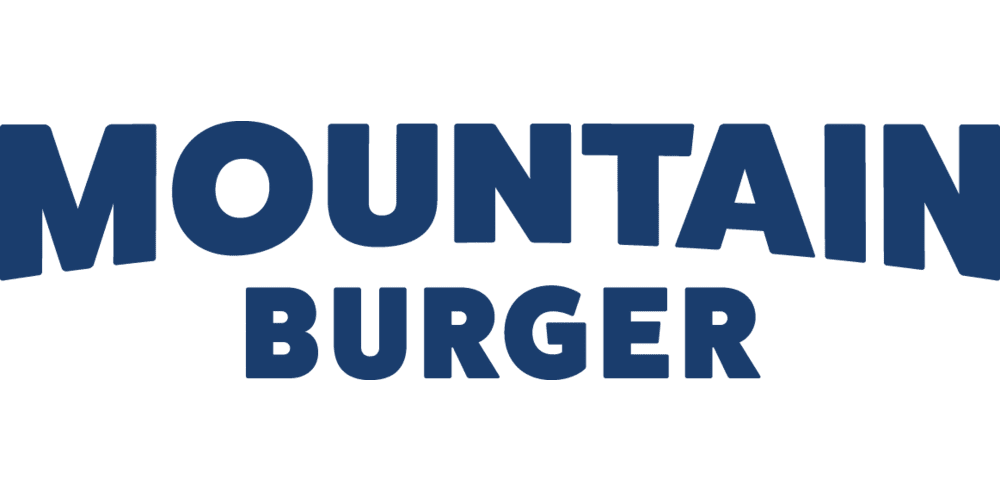According to the U.S. Environmental Protection Agency (EPA), cleaning products may contain chemicals that can cause eye, skin, and respiratory irritation, as well as other health concerns.
Responsible storage and handling of cleaning products is a necessary precaution as many are considered hazardous which can pose environmental issues with use and disposal.
Cleaning products enter the environment when they are released into the air through evaporation when used and when they are rinsed down the drain from surfaces that have been cleaned and have residual product remaining on surfaces and sponges.
Why are some cleaning products dangerous?
Chemicals from cleaning products can be dangerous to humans and animals as well as the natural environment and other organic life. The chemicals can enter water systems, soil, air, and other parts of the environment which can be detrimental to the health of these systems and disrupt the health of the environment. For example, products that contain phosphorus or nitrogen can impact the natural levels of nutrient loading in water bodies and impact the health and quality of the water and its ecosystem.
Volatile organic compounds (VOCs) are also a concern with cleaning products. They can impact both indoor and outdoor air quality and contribute to health concerns. VOCs are human-made chemicals and have much higher concentrations indoors than outdoors and are found in various products like paints, refrigerants, and cleaning products. They can cause eye, nose, and throat irritation, headaches, and more severe issues like damage to the liver, kidneys, and central nervous system.
Reducing your exposure to VOCs is important for your health and can be done by taking precautions with the products and the amounts that are stored in your house. Limit your exposure as much as possible if you are using products with VOCs and make sure you’re in a well-ventilated room to reduce the concentration of the product in the air. Always handle these products with caution and follow the instructions for proper handling and care.
What are safer cleaning alternatives?
There are many things to consider when buying cleaning products that have a lower health risk and are more sustainable.
- Avoid corrosive substances
- Avoid chemicals on the EPA’s Toxic Release Inventory (TRI)
- Ozone-depleting compounds in Clean Air Act regulations
- Products classified as hazardous waste
- Chemicals on the EPA’s hazardous air pollutants list
- Consider products that have a low risk to aquatic environments like biodegradable products by standard methods
These are just several things to look for when purchasing cleaning products. For more information check out the EPA’s Sustainability Considerations
Packaging should also be considered when purchasing a product like whether or not the packaging is recyclable in your local facilities. Also, look for packaging made from recycled content and avoid packaging that contains harmful chemicals like BPA. To avoid the use of plastic, consider refillable bottles. Bottles can be refilled with a larger amount of safe-to-store cleaner or even with concentrates so that all you have to do is mix it with water. This helps eliminate unnecessary plastic waste and can be more economical and environmentally friendly.
There are many products to keep your home clean and safe so be sure to avoid products with dangerous chemicals and always be sure to properly handle, store, and dispose of cleaning products. Additionally, some cleaning products can be made using everyday household items like vinegar. Homemade cleaning products can be used to clean many surfaces in your house and can be an economical and easy way to clean your home.

Share:
How do I dispose my batteries?
Clean and Green: Soap Bars and Concentrates